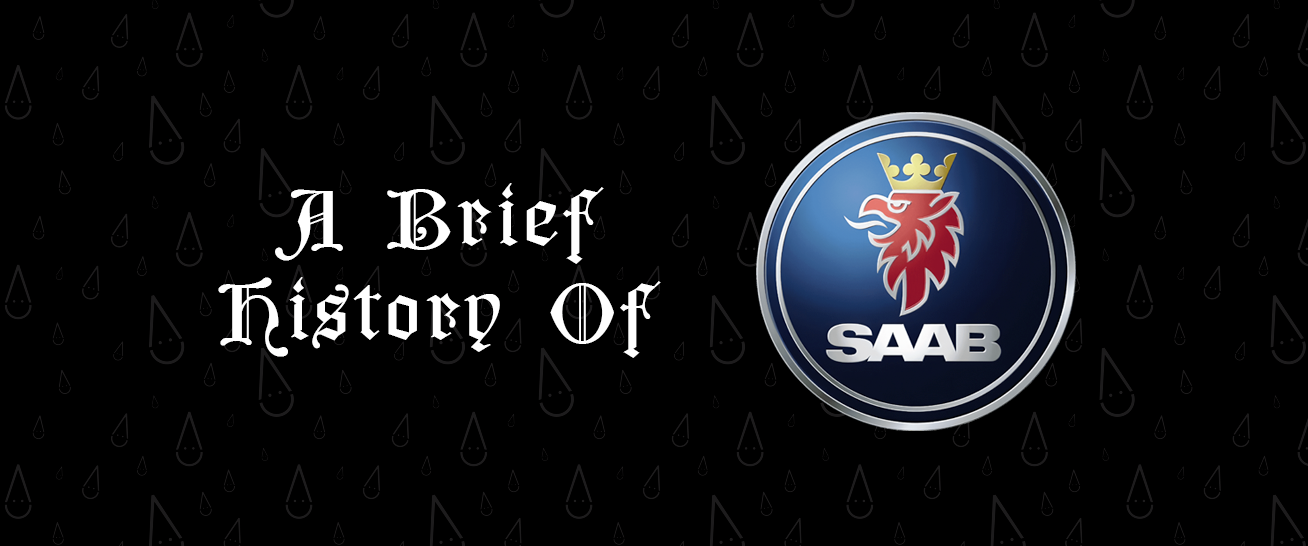Saab is a Swedish automotive company that was founded in 1945. The company's name is actually an acronym that stands for Svenska Aeroplan Aktiebolaget (Swedish Airplane Corporation). The company's origins were in the aerospace industry, but it later expanded into the automotive industry.
Saab's first car was the Saab 92, which was introduced in 1949. The Saab 92 was a small car that was designed to be fuel-efficient and practical. It was powered by a two-stroke engine and had a distinctive shape that was inspired by aircraft design.
Over the years, Saab continued to innovate and develop new technologies for its cars. In the 1960s, Saab was one of the first car companies to offer seat belts as standard equipment. In the 1970s, Saab introduced its "Safeseat" system, which was a revolutionary safety feature that protected passengers in the event of a rear-end collision.
Saab was also known for its turbocharged engines, which were used in many of its cars. In the 1980s, Saab introduced the Saab 9000, which was a luxury car that was designed to compete with cars like the BMW 5 Series and Mercedes-Benz E-Class. The Saab 9000 was powered by a turbocharged engine and was known for its comfortable ride and high-quality interior.
Despite its innovations and successes, Saab struggled financially in the 2000s. In 2010, Saab was sold to Spyker Cars, a Dutch automaker. However, Spyker was unable to turn Saab's fortunes around, and the company declared bankruptcy in 2011.
Today, Saab is no longer in production, but the company's legacy lives on. Saab's innovative technologies and distinctive designs continue to influence the automotive industry, and the company's loyal fans continue to cherish their Saab cars. While the future of Saab is uncertain, its place in automotive history is secure.





